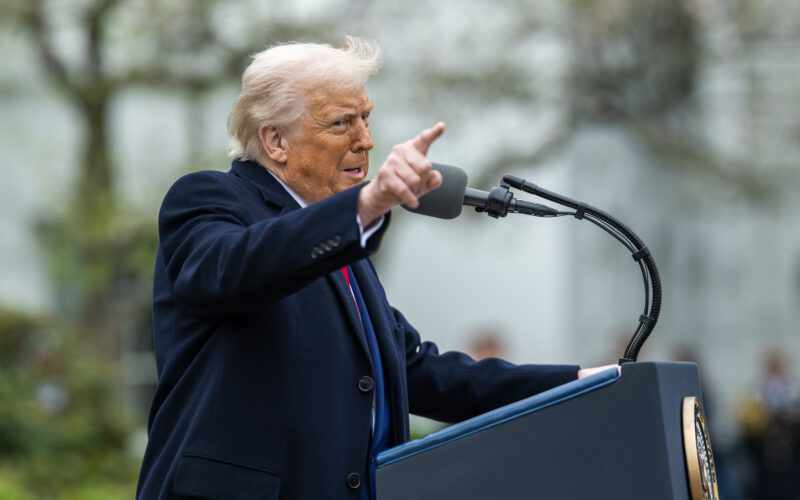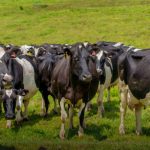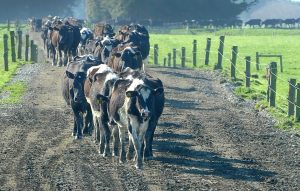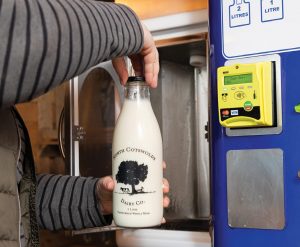
Three months in, uncertainty looms for New Zealand’s dairy and meat exporters as trade tensions escalate.
Three months after their initial announcement, United States President Donald Trump’s tariffs are creating significant uncertainty for New Zealand’s diverse export sector. A key question dominating the agribusiness landscape is who will ultimately bear the financial burden of this new tax on trade: the importers or the exporters. This ongoing “horse trading” highlights the complex and often unpredictable nature of international trade disputes for the international dairy community and meat industries.
Despite the initial concerns, some of New Zealand’s largest exporters have yet to feel the full force of these tariffs. Fonterra’s director, Simon Tucker, noted that the 10% tariff on New Zealand exports, which was officially announced on April 5, is unlikely to change in the near future. However, the full impact of these tariffs is being delayed by existing long-term contracts, making it challenging to definitively determine how the costs will be shared between customers and exporters, a critical factor for dairy economics.
The article delves into specific sectors, illustrating the varied responses to the tariffs. For lamb exports, the Lamb Company, a collective owned by three of New Zealand’s largest meat exporters, faces a crucial decision: whether to pass the tariff cost directly onto their customers or absorb the expense themselves. This decision will have significant implications for their profitability and competitiveness in the U.S. market.
In the case of manufacturing beef, New Zealand exporters are experiencing considerable pressure from their American customers to absorb the tariff costs. This indicates a buyer’s market for this particular commodity, where the negotiating power lies with the importers. Conversely, prime beef exporters have found their buyers more willing to share the cost, suggesting a higher value proposition or less elastic demand for premium cuts, creating a nuanced picture for livestock exports.
The ongoing situation underscores the volatile nature of global trade and the strategic adjustments required from major agricultural exporters. As the full impact of these tariffs slowly unfolds, New Zealand’s dairy and meat industries must navigate complex contractual obligations and market dynamics to maintain their competitive edge and ensure the long-term viability of their crucial U.S. export relationships.
Source: Farmers Weekly NZ: Horse trading on US tariffs gathers pace
You can now read the most important #news on #eDairyNews #Whatsapp channels!!!
🇺🇸 eDairy News INGLÊS: https://whatsapp.com/channel/0029VaKsjzGDTkJyIN6hcP1K
























